Comparing varnish and resin means weighing two popular ways to protect and enhance surfaces, especially wood. Varnish and resin both act as protective coatings, but they’re quite different in how they’re made, applied, and perform.
Resin, like epoxy, delivers a thicker, tougher, and glossier finish than varnish. Varnish is thinner, dries more quickly, and comes in multiple sheens, while resin creates a glassy, high-gloss coat.
If you want a finish that dries fast, adds water resistance, and keeps things looking natural, varnish could work. Resin, though, gives you a thick, glassy shine—great for art or when you want a dramatic finish.
Knowing how each works helps you pick the right one for what you’re making.
What Are Varnish And Resin?
You’ll see both varnish and resin used to protect and show off surfaces, especially wood and art. They both create a clear coat, but they feel different and go on differently.
Getting a handle on these differences helps you make a smarter choice for your next project.
Varnish Explained: Thin, Protective Film For Wood And Art
Varnish is a clear or slightly tinted liquid you brush or spray on in a thin layer. It forms a protective film over wood or art, guarding against water, scratches, and dirt.
Most varnishes have synthetic resins, solvents, and sometimes UV blockers. This combo helps it dry quickly and stand up to sunlight.
The finish is usually smooth and hard once it dries. Varnish stays a bit flexible, so wood can expand or contract underneath without cracking the coating.
If you want to keep the look and texture of wood, varnish is a solid pick.
Resin (e.g. Epoxy): Thick, Hard Coating With High Gloss And Depth
Resin—think epoxy—is a thicker, tougher coat than varnish. You mix two parts, resin and hardener, then apply it.
Once it cures, you get a super hard, clear, and glossy surface. Epoxy resin is famous for its deep, glass-like finish that really makes colors pop.
It’s usually poured on, self-levels, and takes a day or three to fully cure. Resin isn’t flexible, but it’s strong and resists yellowing, so your work stays fresh-looking.
Products like ArtResin are made for art and give you a thick, clear coat that boosts color. If you want a tough, shiny layer, resin does the trick.
Key Differences In Protection And Durability
Resiners Crystal Clear Epoxy Resin
Protection and durability matter a lot when you’re finishing a surface. Resin and varnish create different thicknesses and levels of hardness, which changes how well they protect.
Thickness: Resin Can Reach 1.5 mm vs Varnish’s Few Tenths
Resin makes a much thicker coat than varnish. Varnish usually measures just a few tenths of a millimeter per layer, while resin can reach up to 1.5 millimeters.
This extra thickness means resin seals surfaces more completely and fills cracks or gaps. Varnish, being thinner, might need several coats to get close to that level of protection.
But varnish dries faster and is easier to reapply. If you want a tough, long-lasting barrier, resin’s thickness is hard to beat.
Hardness: Resin Wins On Scratch And Impact Resistance
Resin cures into a much harder finish than varnish. That toughness helps it resist scratches, dents, and impacts from daily use.
Varnish does protect, but it wears down faster, especially if you’re dealing with weather or heavy handling. Resin’s hard surface keeps its shine and strength much longer.
Because resin bonds tightly and dries hard, it blocks water and chemicals better. Varnish gives some water resistance but doesn’t match resin’s strength for heavy-duty use.
Appearance & Finish Comparison
The look and feel of your finish can make or break a project. Resin and varnish each create a different shine, depth, and clarity—and they age differently too.
Gloss Level: Resin Gives Deep Mirror Shine; Varnish Is Thinner
Resin gives you a thick, glassy, mirror-like shine. It lays down a deep, clear coat that really highlights what’s underneath—great for art and statement pieces.
Varnish goes on thinner, just a few tenths of a millimeter, and offers a more subtle shine. You can get varnish in matte, satin, or gloss, but even the gloss isn’t as bold as resin’s.
If you want a thick, super-glossy look, resin’s your best bet. For a lighter, more natural clear coat, varnish does the job.
Yellowing & UV Resistance: Varnish May Yellow; UV-Stabilized Resin Is More Stable
Sunlight can change how these finishes look over time. Traditional varnish, especially oil-based, can yellow with UV exposure, which dulls light woods or art.
Many resins, especially those made for art or outdoor use, have UV blockers that help them stay clear. Epoxy resin usually holds up better against yellowing, even in bright light.
If your project gets a lot of sun, UV-resistant resin is probably the safer choice. Varnish might need more touch-ups to keep it looking fresh.
Use‑Case Scenarios: When To Choose Varnish Or Resin
Resiners® Togetherness Hand in Hand Silicone Mold DIY Kit
The right finish depends on your surface, the look you want, and how tough the protection needs to be. Some projects call for a light, natural touch, others need heavy-duty shine and strength.
Varnish For Light Art, Wood Grain, And Breathable Surfaces
Pick varnish when you want to protect wood but keep its grain and texture visible. Varnish is thin, lets wood breathe, and works well for furniture, floors, or art that needs a clear, smooth finish.
It dries hard and resists scratches and fading, and you can apply it with a brush or cloth. Marine varnish works for outdoor wood, adding weather resistance while keeping things breathable.
Resin For Deep Pours, Table Tops, Durable Coatings, High-Gloss Art
Resin shines when you need a thick, glass-like finish. It’s perfect for table tops, deep pours, and art that needs both gloss and strong protection.
Resin creates a waterproof, durable surface that handles wear well. You can even embed objects or add depth, since resin builds up as it cures.
It takes longer to cure and needs careful mixing, so keep that in mind if you’re on a tight schedule. But for heavy use or moisture-prone areas, resin is hard to beat.
After exploring why resin beats varnish for deep, durable shine, dive into our guide, Epoxy Resin vs UV Resin: What's the Difference? to find out which resin suits your crafting style
Application And Curing Basics
Knowing how varnish and resin go on—and how they cure—can help you avoid headaches later. They behave very differently during prep, application, and drying.
Varnish: Brush-On Or Spray, Dries Fast
You can brush or spray on varnish, controlling how thick you make each coat. Oil-based varnishes with solvents or linseed oil stick better and last longer, but water-based ones dry faster and don’t smell as much.
Before you start, sand the surface lightly so the varnish bonds well. Varnish dries quickly, often within hours, so you can add more coats in a day.
It forms a thin, protective layer that brings out the wood grain and can be buffed to a shine.
Resin: Mixes In 2 Parts, Longer Cure, Self-Levels, Needs Bubble Removal
Resin comes as two parts: resin and hardener. You have to measure and mix them carefully or it won’t cure right.
Once mixed, pour it on—the resin self-levels and spreads out, creating a thick, glossy finish. It usually feels dry after about 24 hours, but needs up to 72 hours to get really hard.
Bubbles are common, so you’ll need a heat gun or torch to pop them for a smooth finish. You don’t have to sand between coats unless you want a super-smooth result.
Resin is less flexible than varnish and doesn’t always handle heat or UV well unless it’s specially made for that.
Take your craft one step further with How to Dye Epoxy Resin: Easy Color Techniques To Try, and make your work pop with color.
Pros & Cons At A Glance
Choosing between varnish and resin means weighing ease and cost against durability and finish. Both protect, but they have their quirks.
Varnish: Easy, Cheap, Thinner Protection But Prone To Wear
Varnish is easy to use and cheaper than resin. You can brush it on thin, and it dries fast—great if you don’t want to wait around.
But the protection is thinner, so it can wear down faster, especially in humid spots. You might have to reapply it over time to keep things looking good.
Varnish usually has less gloss and thinner coverage. Even with UV blockers, it can yellow or get scratched, especially in sunlight. For low-traffic or indoor projects, varnish is often enough.
Resin: Thick, Durable, Glossy—But Costlier, More Complex
Resin gives you a thick, glassy, super-tough finish that stands up to moisture and humidity. It’s great for things that see a lot of use or need to be waterproof.
Applying resin takes more effort. You pour and spread it, then wait a day or more for it to fully cure. It costs more and you have to watch for bubbles or uneven spots.
The payoff is a super-glossy, smooth finish that makes art or wood really stand out. Resin resists yellowing better than varnish, but it might be too thick for delicate projects. If you want a polished, long-lasting finish for tough conditions, resin’s a strong choice.
Tips for Deciding Which One To Use
When you’re choosing between resin and varnish, start by thinking about your project’s real needs. Durability, ease of use, and how the finish will age—these things matter more than you might expect.
Your pick depends on how tough you need the surface, how quickly you want to get it done, and whether yellowing over time would bug you.
Need Thickness & Toughness? → Resin
If you want a thick, strong protective layer, resin’s usually the way to go. It gives you a hard, glossy surface that stands up to scratches, impact, and water much better than varnish can.
Pour resin on and spread it out—it’ll settle into a tough coating, sometimes several millimeters thick. That’s why people use it for tabletops, art, or anything that gets knocked around a lot.
Resin takes its sweet time to cure. You might be able to touch it in 24 hours, but it won’t fully harden for up to 72 hours. Waiting longer pays off with a tougher finish, though, so it’s a tradeoff.
Want a flawless finish from start to finish? Check out Resiners’ Epoxy Resin Collection for crystal-clear, durable resins—perfect for coating, casting, or craft projects.
Want Easy, Quick, Light Finish? → Varnish
If you’re after a lighter, faster finish, varnish is a solid choice. Brush or spray it on, and it’ll dry before you know it—usually within a few hours.
Varnish gives wood a clear or slightly glossy coat that brings out the grain without really changing how it feels. It works well for furniture, trim, or smaller projects where you just want a bit of shine and protection.
You won’t get the same thick buildup as resin. Instead, varnish forms a thin film, and you can add more coats if you want a bit more oomph.
Concerned About Yellowing? Choose UV-Resistant Options
Both resin and varnish can yellow over time if they’re sitting in the sun. If keeping that original color matters, you’ll want to hunt for UV-resistant versions.
Some art resins have additives to fight yellowing, so they stay clear and glossy for years. That’s great for anything you want to show off long-term.
There are UV-resistant varnishes too, which help protect wood and surfaces from sun without changing the look too much. Always check the label for UV resistance if your project will see a lot of light.
Final Thoughts
If you’re contemplating between varnish and resin, varnish is quick, easy, and light—ideal for wood grain, art canvases, or light-duty protection. But if you want deep shine, toughness, and a glass-like finish, resin is the winner. It cures thicker, hardens stronger, and resists yellowing better.
Choose varnish for speed and light coating; choose resin for premium shine and durability. Whichever you pick, prep your surface well, apply carefully, and respect drying or curing times. Use this guide to choose wisely—and give your work the finish it deserves.
Looking to elevate your resin projects even more? Try making your resin crafts with desk mats, use silicone molds, or add mica powders for gorgeous pigments. These extras can take your creations from great to stunning—so let your creativity shine!
Frequently Asked Questions
Is varnish better than resin?
Varnish is usually better for shielding wood from sun damage and everyday wear. It forms a hard, clear coat that handles scratches and sunlight well. Marine varnishes, for example, pack in UV filters to keep wood from graying or cracking.
Resin, especially epoxy, gives a thick, glassy finish with strong adhesion. People use it for sealing or embedding objects since it forms a solid, plastic-like layer. But resins often need a topcoat or extra UV protection to avoid yellowing.
If you care most about outdoor protection and UV resistance, pick varnish. If you want deep sealing or a thick, clear finish, resin’s probably better.
Can resin be used as varnish?
You can use resin to finish wood, and it gives a hard, waterproof, shiny coat that protects against moisture and impact. But it doesn’t really replace varnish for every situation.
Resin doesn’t have built-in UV protection, so it might yellow or break down in sunlight unless you add a UV-resistant topcoat. Varnish, on the other hand, is made to handle the outdoors with UV filters and a bit of flexibility.
For indoor projects or spots that don’t see much sun, resin works well if you want a durable, glossy finish. Outdoors, go with varnish alone or use it over resin for extra protection.
Does resin last longer than wood?
Resin’s pretty tough and shrugs off water, chemicals, and dings. Once it hardens, it creates a strong barrier that protects whatever’s underneath.
Coating wood with resin usually makes the wood last longer because it blocks out moisture and dirt. But if you leave resin in the sun without UV protection, it can crack or yellow over time.
Wood changes color and can rot or warp if you don’t protect it, so resin definitely helps indoors or in sheltered spots. Outdoors, though, you’ll need that UV protection.
What is stronger, resin or polyurethane?
Resin—especially epoxy—tends to be stronger than polyurethane. It forms a hard, thick coating that stands up to impact and chemicals.
Polyurethane is more flexible and resists abrasion well, but it’s softer and might wear down faster under heavy use. It’s also easier to apply and fix than resin.
Go with resin if you need a thick, super-tough finish, like on tabletops or for heavy-duty coatings. Polyurethane fits lighter wear or surfaces where you want a little give.
Does resin make wood waterproof?
Yeah, resin does make wood waterproof. It forms a solid barrier right over the wood, so water can't sneak in through the pores.
Once resin cures, it protects wood from swelling, rot, and decay. That's why people love using it for river tables or bar tops—anywhere the wood might get wet, really.
But here's the catch: if you slap resin onto damp wood, it'll trap that moisture inside. Always make sure the wood is dry before you start, or you might end up with trouble down the line.

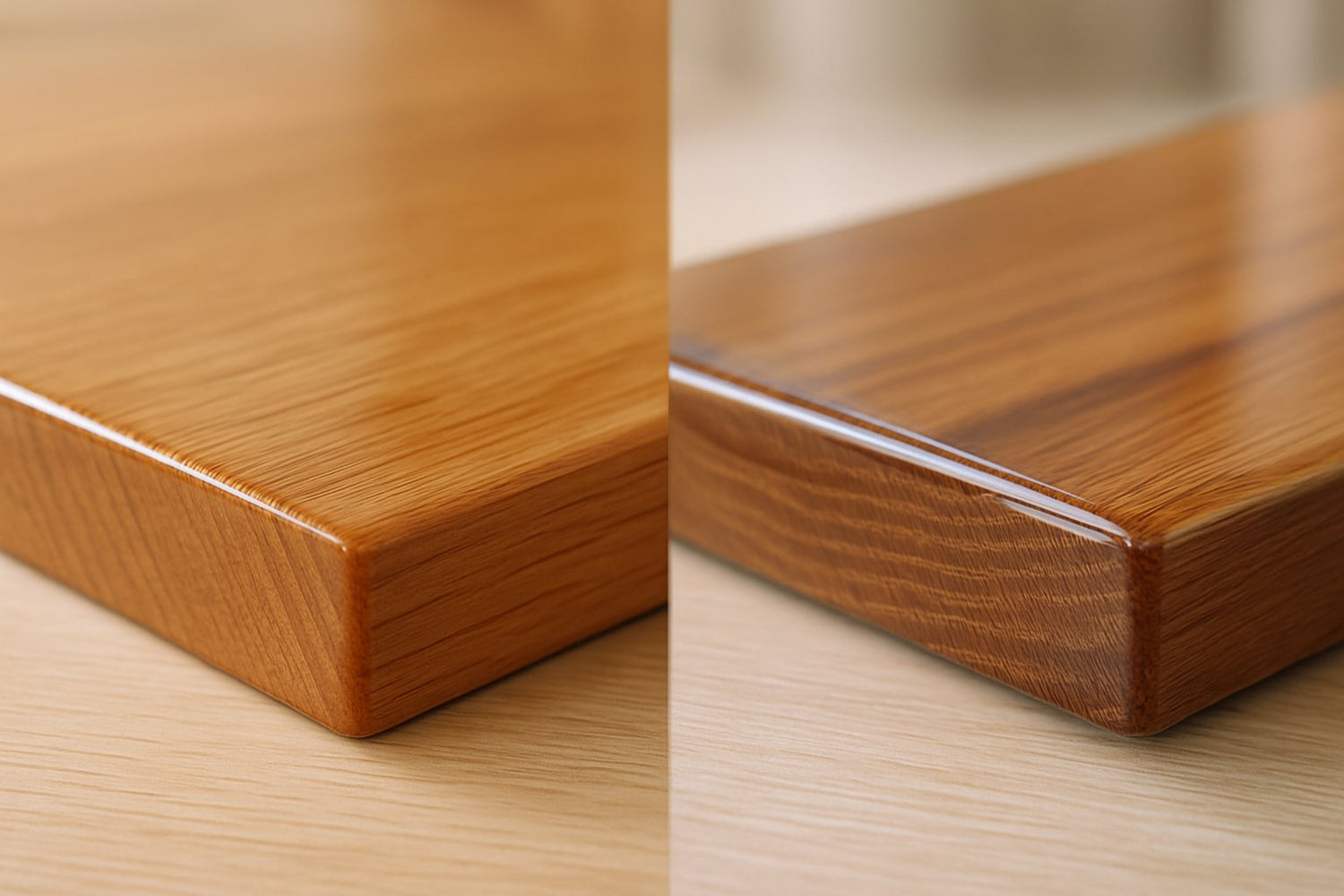



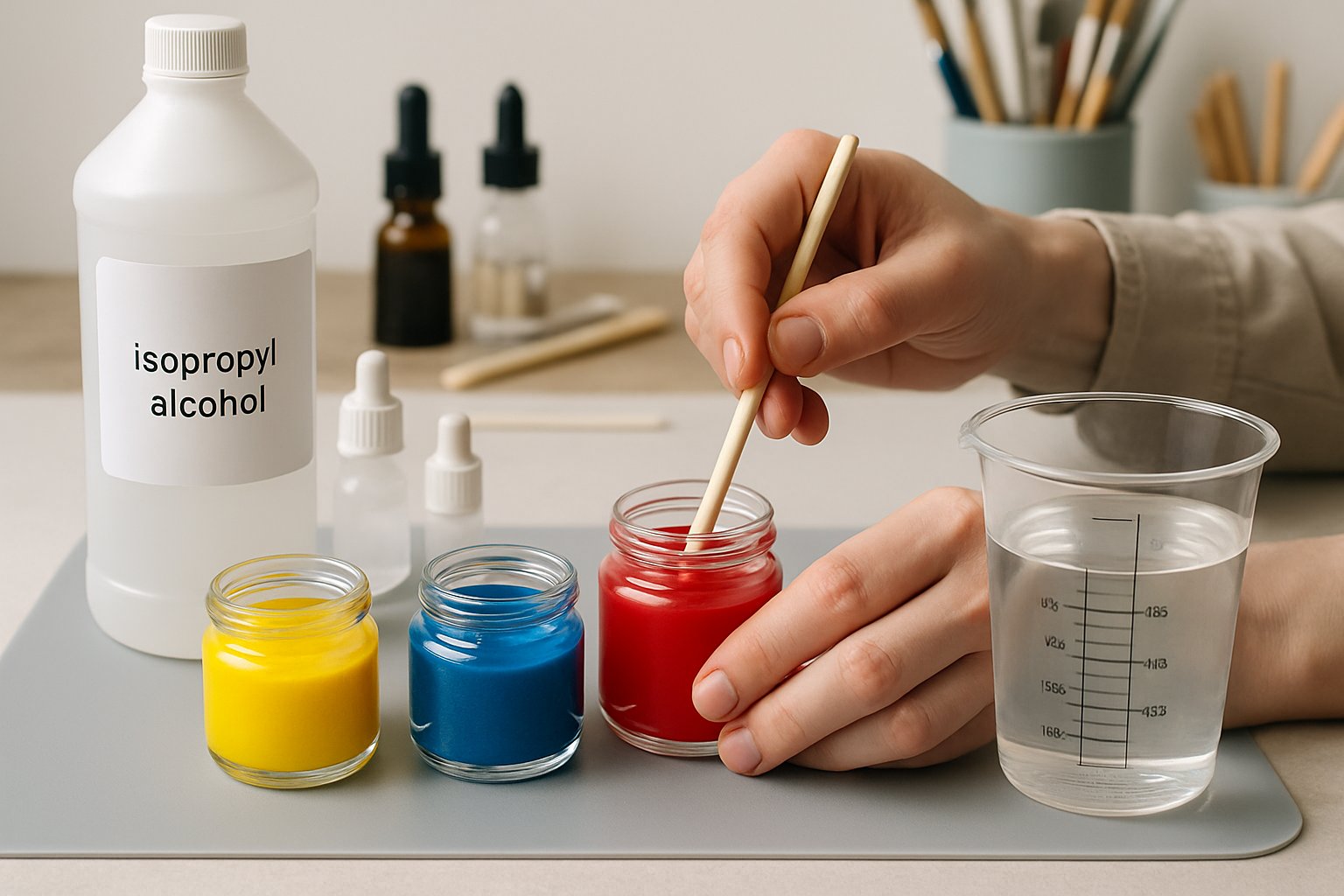

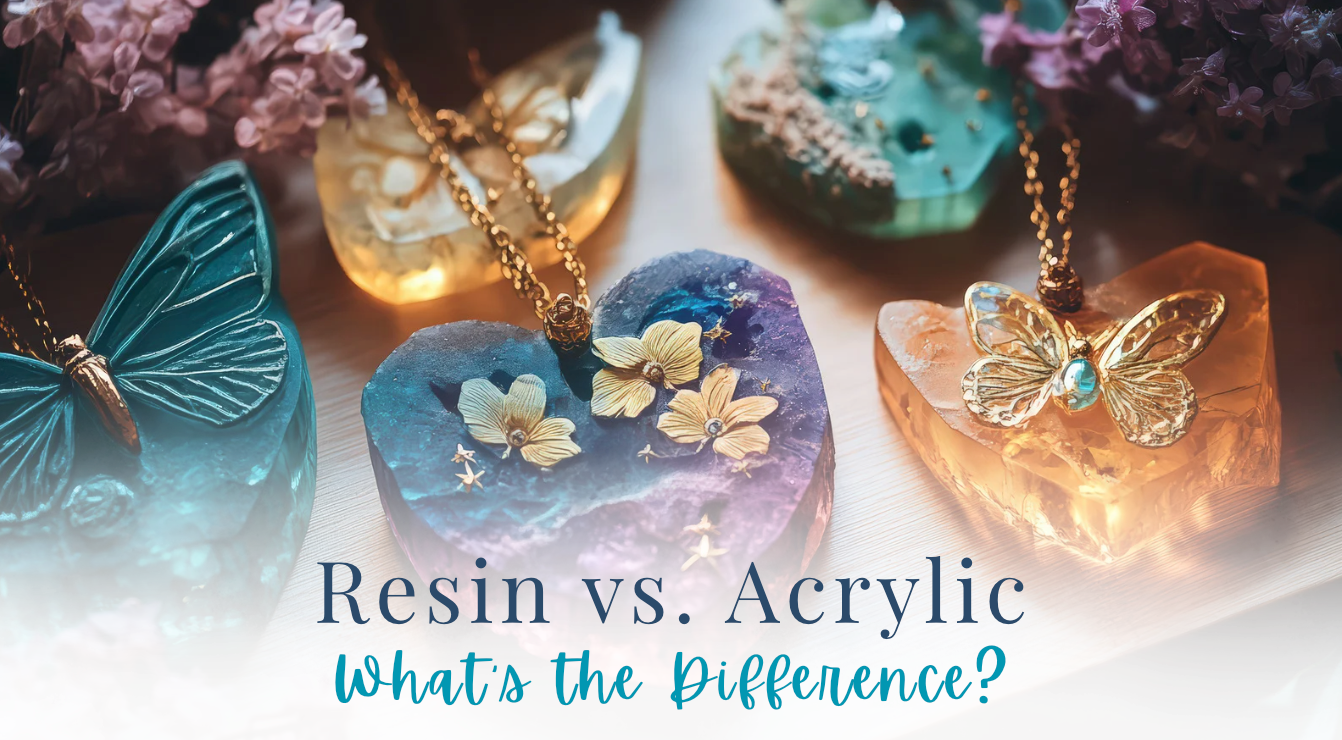

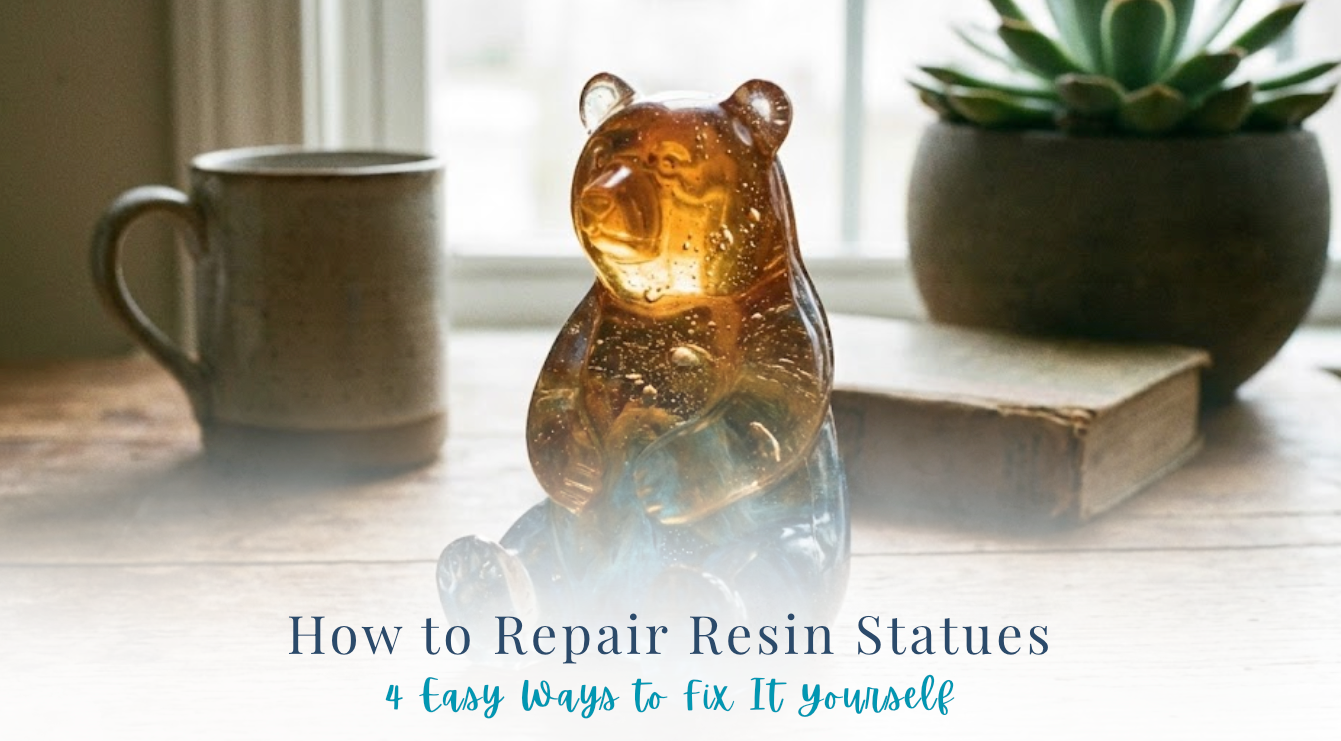

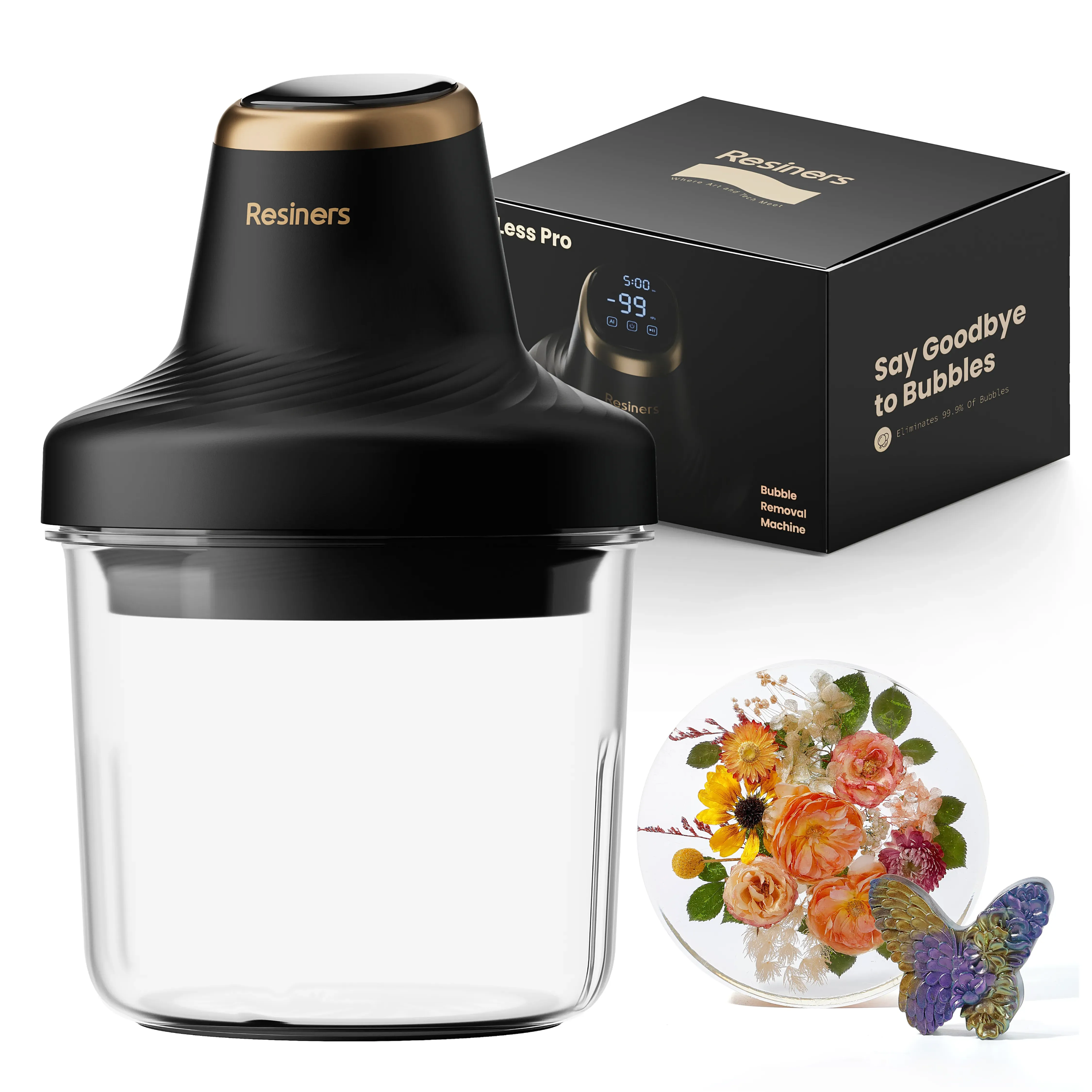


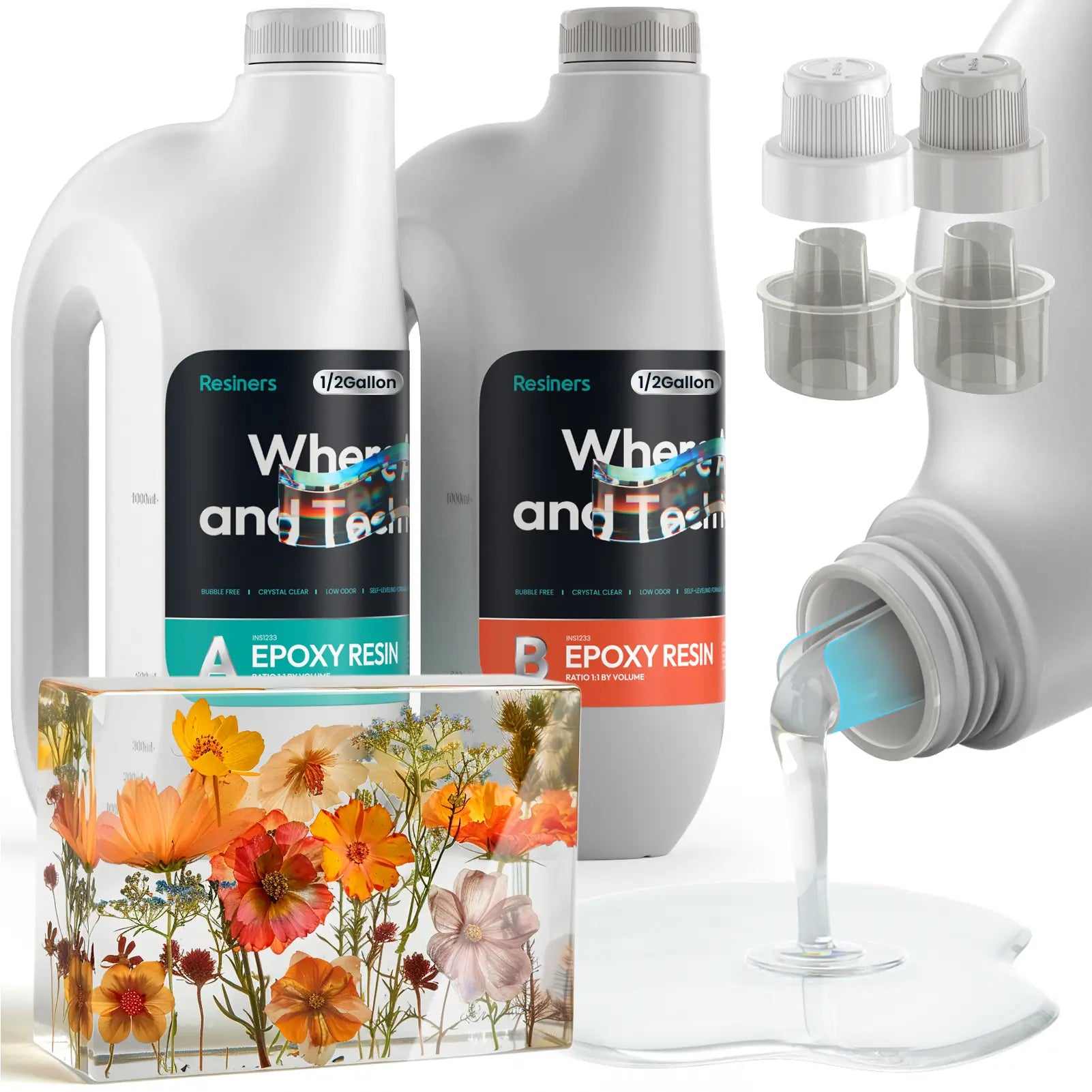
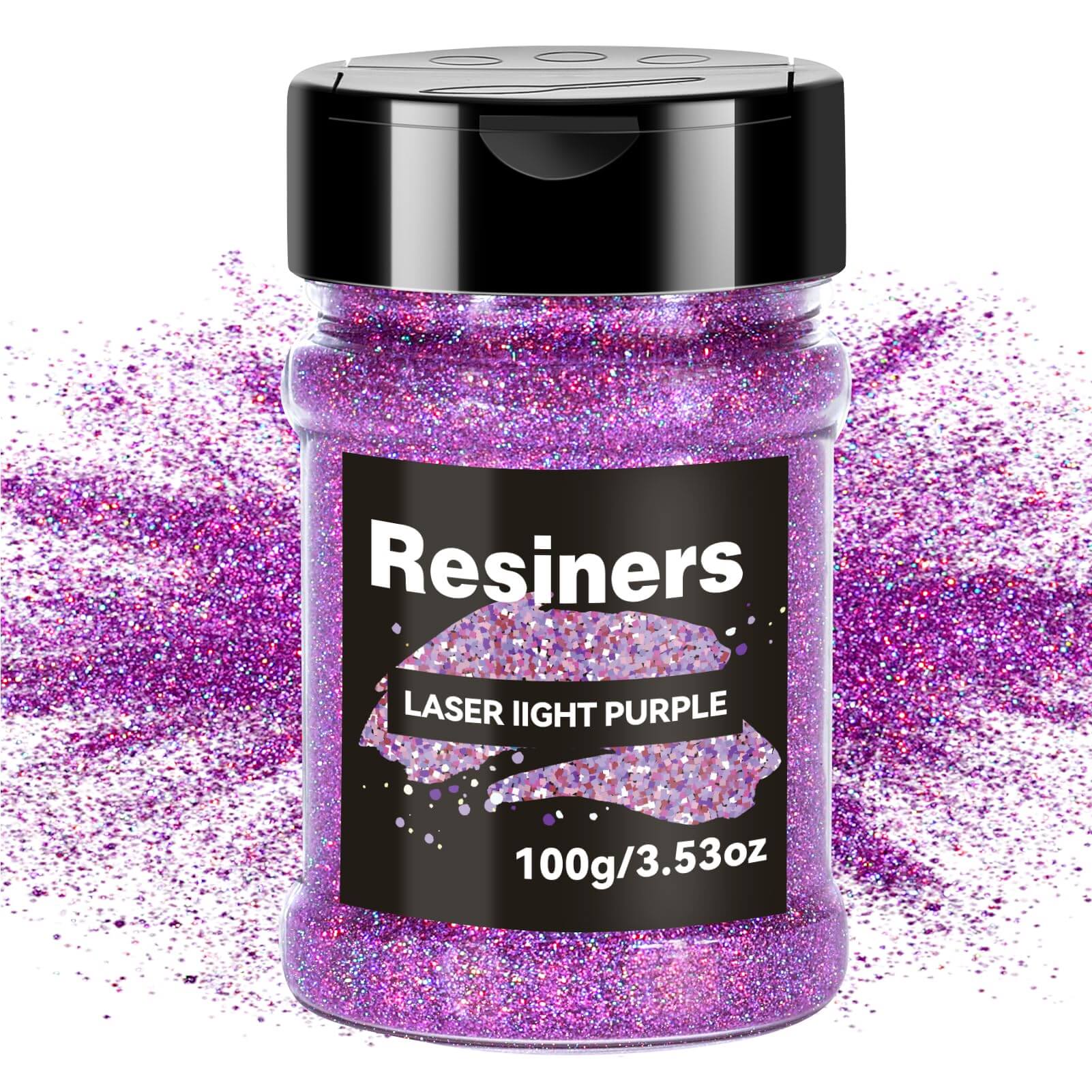
اترك تعليقًا
This site is protected by hCaptcha and the hCaptcha Privacy Policy and Terms of Service apply.